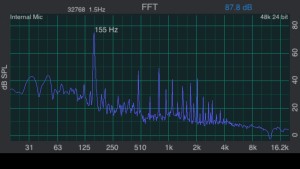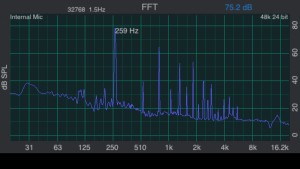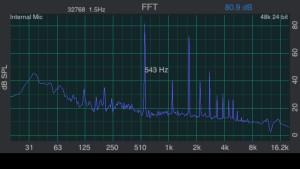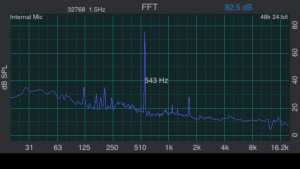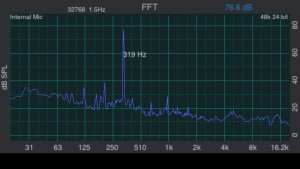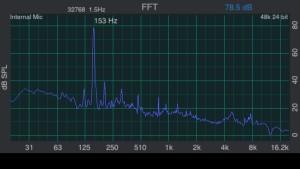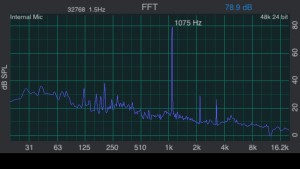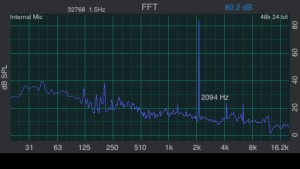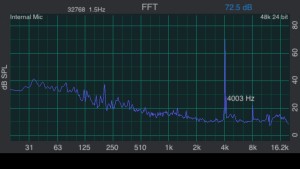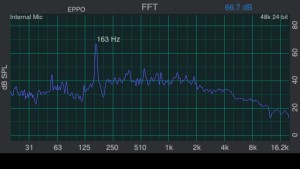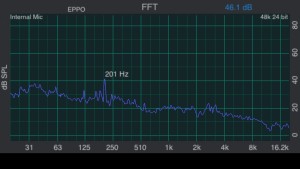When I asked on the Theatre-Sound List for suggestions of software tools that permit playback of sound cues for Theatre, I received lots of suggestions. I was asking specifically about tools that work under Windows. My primary laptop runs Mac OS and I use QLab from Figure 53, but I have a secondary laptop that runs Windows and I wanted to put it into service for playback as well. I occasionally run into situations where I need my primary system, but also have a gig needing playback. So I gathered together all the suggested products (and a couple comments from folks) for reference.
- Richmond Sound Design’s SoundMan-Server: Charlie Richmond just about wrote the book on Theatrical sound playback technology, I recall reading a paper of his presented at an AES conference on Sound Reinforcement in 1986.
- SFX
- CSC Show Control not be confused with
- SCS Show Cue System
- CueMaster: developed by a Theatre-Sound List subscriber because he could not find a system that did what he needed.
- Black Cat Systems Sound Byte: this is more of a “cart machine” than a cue stack, but it does have some MIDI automation. It is available for Windows, Mac OSX, and iOS.
- MultiPlay: as of Feb. 2016 this is not under active development, so no new bug fixes and as new versions of Windows come out there are likely to be driver issues. As a note, MultiPlay was mentioned by more people than any of the others, but that may be because of the cost, FREE.
| Free Version (channels) | Demo / Trial Version (channels) | Price Range (outputs) | |
|---|---|---|---|
| Windows Software | |||
| SoundMan-Server | Yes (2) | No | $0 (2) lots of steps $7554 (999) |
| CSC | Yes (2) | No | £0 (2) £84 (8) £399 (32) |
| SFX | Yes (2) | Yes (upon request) | US$ 295 to US$395 including support and updates |
| SCS | No | Yes (4) | US$58 (2) US$100 (4) US$149 (16) US$199 (32) US$249 (512) + annual support |
| CueMaster | No | Yes | £139 |
| MultiPlay | Yes | No | 0 |
| Mac OSX Software | |||
| QLab | Yes (2) | Yes, 20 minutes | US$0 (2) US$199 (8) US$399 (48) + rental options |
| iOS Applications | |||
| Go Button | Yes, 1 Show | Yes, 1 Show | US$0 (1 show) US$99 |
| Windows / Mac OSX / iOS | |||
| Sound Byte | No | Yes | US$39 (1 rack of carts) US$79 (5 racks of carts) US$149 (50 racks of carts) |
